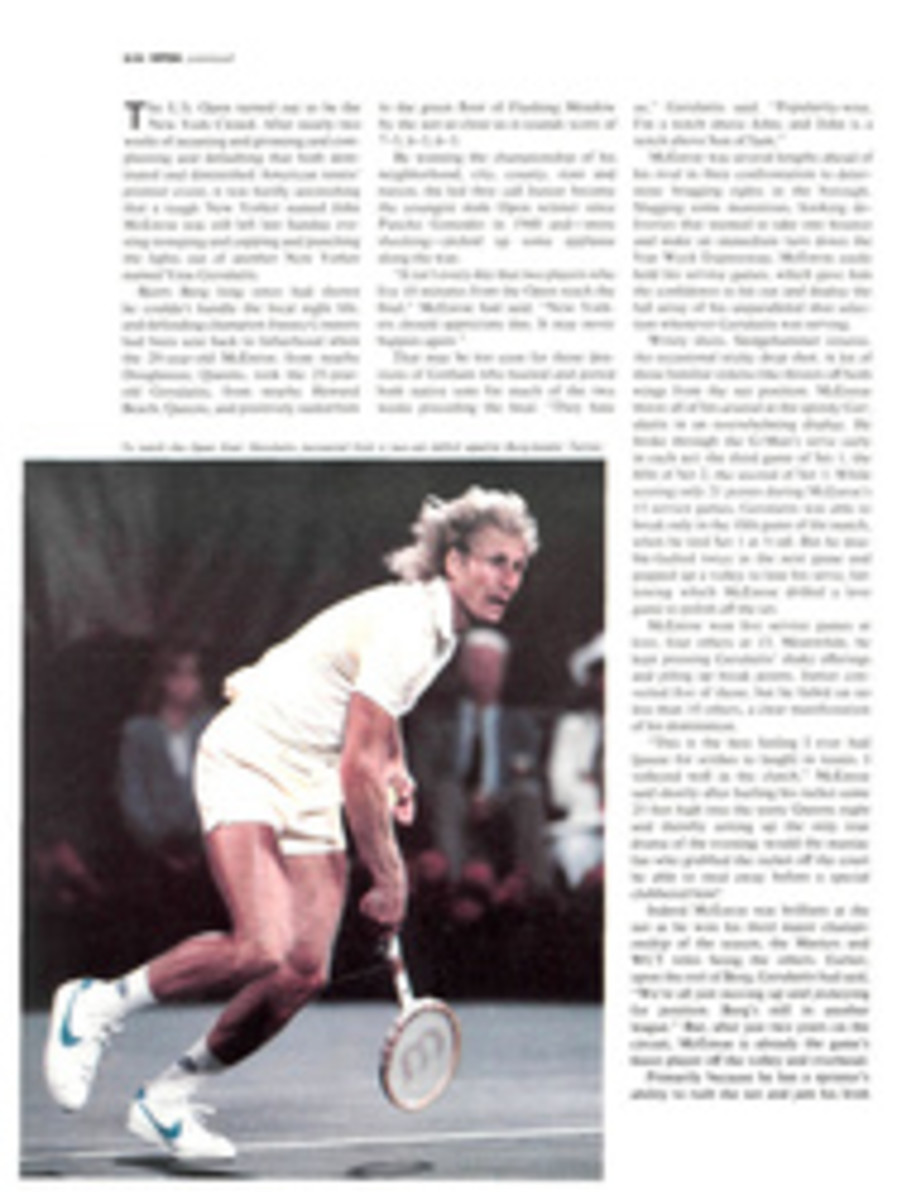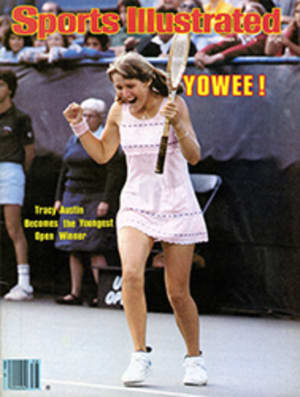
HOW TO BE FIRST AT YOUR CLUB WITH A FASCINATING ITEM OF GOLF TRIVIA
I've forgotten what tournament it was, but Dad was working the scoreboard as usual. And this little guy was bugging him. The little guy was trying to prove how much he knew about the history and lore of golf. Dad would edge away from him, take some scorecards, post them and move as far away as he could. But the little guy would move, too, and would come up with some bit of golf lore like "Hey, Frank, did you ever hear about Sarazen's double eagle?"
"Yeah. I was there. I saw it." Dad shrugged and moved away again. I knew he hadn't really been there and seen it, though from the time I was a little kid, he'd told me about it. Gene Sarazen was one of Dad's heroes—and one of his good friends, too.
"Hey, Frank, did you hear about the time Hagen...?"
Finally, Dad blew his cool. He turned on his tormentor and demanded, "You think you know so much about golf, I bet you don't even know who invented the head cover!"
The little guy looked blank and eager at the same time. He was about to learn a fascinating bit of trivia he could impress his friends with in the locker room next Sunday.
"No, Frank, who did?"
Dad raised himself to his full 6'2", pointed his big cigar at the little guy and thundered, "I did!"
I ducked behind the scoreboard and rolled over, laughing until I ached. It was one of the greatest put-downs I'd ever seen.
That night at dinner I was still laughing about it. I asked Dad, "Who really did invent head covers?"
He stared at me in disbelief that his own son should ask such a question, "i did. Of course."
Of course.
Then I remembered the thumbless mittens I used to wear to school in the '30s. They looked like regular mittens, made of red or brown leather with a knitted elastic band. They always seemed too small and usually they didn't match. But the worst thing about them was—no thumbs. At the time, I never questioned why everybody else had thumbs in their mittens and I didn't. During the Depression, if your hands were warm, you didn't question how they got that way. I used to brag about how I could wear my mittens on either hand while the other guys couldn't. However, there were also drawbacks to being thumbless; it was hard to pack a good snowball while wearing those mittens.
Dad was a traveling salesman, a manufacturer's rep, selling Kroydon golf clubs, Slazenger tennis rackets and a variety of other lines through upstate New York. In those days, before the invention of high-impact plastics, wooden-headed golf clubs were finished with several coats of shellac to make them nice and shiny. But the shellac chipped easily, and when clubs were knocked together they quickly acquired a gray band around the top of the head. Definitely not the thing for samples you wanted to display in the pro shop. Manufacturers used to package the woods with flimsy white cloth socks hardly more durable than gauze, and though they were good protection against dust, the socks were not very effective against a hard blow.
Gloversville, N.Y., as the name implies, is pretty much the glove capital of the U.S., and they manufacture just about any kind of hand covering you could want there. So when Dad's great idea struck, he waited until the next time he traveled through Gloversville and sought out a mitten maker. When he described what he wanted—about two dozen children's mittens made without the thumbs—the mitten maker looked puzzled.
"How many children do you have, Mr. Mitchell?"
"Four," my father answered, looking equally puzzled, "but what does that have to do with it?"
The mitten maker shook his head sadly. "Don't any of them have thumbs?"
A few weeks later the made-to-order mittens were delivered. Dad slipped them over all his sample woods, tossed the clubs into the back of his old Pierce-Arrow and drove on about his business. The mittens worked beautifully. The leather outer shell cushioned the impact when the clubs banged together in the car, and the flannel lining kept the shellac highly polished. Dad's samples never looked better.
But club heads didn't get banged up just in a car; they fared even worse when a caddie carried them clattering down the fairway. Or when he ran to spot Dad's roundhouse hook as it sailed up over the out-of-bounds fence on the right, then curled back to land in the middle of the fairway. Or when he dropped the bag beside the green to pull the pin. Under such treatment it only took a month or two for each wood to develop that grungy band of gray across its top. So in another flash of inspiration, Dad figured that if thumbless mittens worked in the car, why not on the course? They would protect his clubs from almost anything a caddie could do with them, including swinging at bottle caps while waiting at the next tee.
The first Sunday morning that he showed up at the Auburn (N.Y.) Country Club with the mittens on his club heads, at least half a dozen members asked where they could get them for their clubs. A few weeks later, all the real golfers in Auburn were sporting thumbless mittens on their woods. In fact, one of them—his name long since forgotten—christened them Mitchell's Mittens. Pretty soon they were quite common around most New York golf courses, so Dad, ever the salesman, had to come up with something new. The next season he put numbers on his Mitchell's Mittens. Because this was just when golfers were getting away from drivers, brassies, spoons and cleeks, and moving to the new numbered irons and woods, Dad was right on top of the trend.
But while Dad could spot a market a mile away, there was one little thing he overlooked. He never tried to patent Mitchell's Mittens. He was happy just selling them. The idea quickly spread, and when World War II was over, it seemed that every manufacturer in the country was selling "head covers." By that time, Dad realized what he had missed, but it was too late to apply for a patent.
The golf-club head cover is sort of like the peaked cap or the ice cream cone. You never stop to think that somebody had to invent the first one. Whenever I see an item like that, I wonder what the inventor's kids had to suffer through while it was being perfected. If they think they had problems, how about me with no thumbs?

